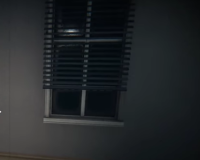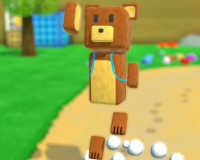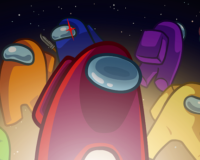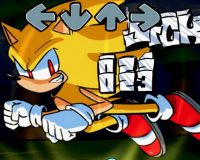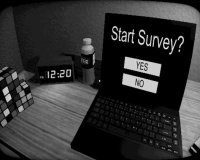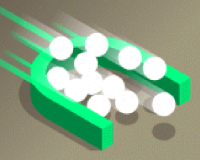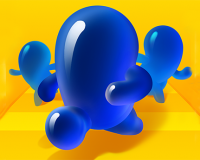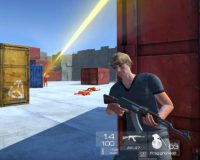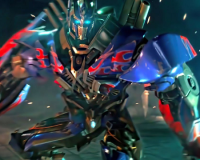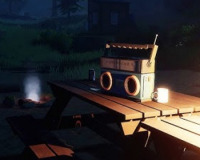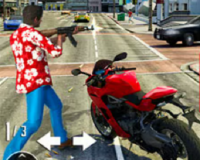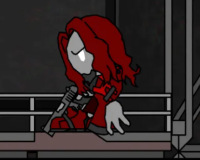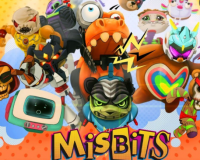
Advertisement
Musketeer (C64)
Musketeer (C64) is a 2D action-adventure game developed for the Commodore 64, built around screen-by-screen exploration and fast-paced sword combat. The player controls a lone musketeer on a mission to retrieve a set of stolen jewels and rescue his fellow soldiers. Each screen presents a new layout with moving enemies, obstacles, and objects to interact with. The game is linear in purpose but non-linear in path, often requiring the player to revisit areas with new knowledge or keys. It delivers a structured but compact journey, intended to be completed in one sitting.
Level structure and player movement
The game world is divided into dozens of static screens that the player progresses through by moving left, right, or vertically. Movement is smooth and responsive, allowing precise jumping and attacking. Enemies have fixed patterns, and defeating them requires timing and positioning rather than button-mashing. Some screens are purely navigational, while others present hazards or platforming challenges. Environmental features such as breakable walls, levers, or falling traps make each section feel distinct. The game’s layout is carefully balanced to reward both patience and memorization.
Presentation, sound, and animation
Musketeer (C64) uses high-quality pixel art optimized for the Commodore 64’s graphical limits. Characters are easily distinguishable, and the protagonist’s movements—such as climbing, striking, and dodging—are animated with clarity. Backgrounds shift depending on the setting, moving from interior castles to outdoor balconies and dungeons. The soundscape is built with SID-based audio, using looping background music and sharp sound effects to emphasize interaction. The game’s visual and audio design focuses on simplicity and immediate feedback.
Key aspects of Musketeer (C64) include:
- Side-scrolling progression across themed static screens
- Sword-based combat that rewards accuracy
- Environmental puzzles built into level geometry
- Pixel art and animation faithful to C64 standards
- Emulated and physical releases for modern and legacy systems
Together, these elements create a concise and challenging retro platformer.
Platform support and release options
The game is available in multiple formats, including .D64, .TAP, and .PRG files suitable for emulators, SD2IEC, and original hardware. Players can also purchase physical editions, including cassette, disk, and cartridge versions. These releases often include printed inlays, box art, and instructions, appealing to collectors of Commodore-era software. The game supports both PAL and NTSC systems, making it broadly compatible. Musketeer (C64) has also been tested on C64 Mini and Maxi systems, ensuring that newer users can access the game easily.
Replay value and overall reception
Although short in duration, Musketeer (C64) offers replay value through mastery. Knowing the layout of the world and how to approach each encounter improves the player’s run. Speedruns are encouraged, and some players enjoy completing the game without taking damage. Reviews from the C64 community have praised the game’s consistent challenge, tight controls, and polished visuals. The combination of combat, puzzle-solving, and clean presentation makes it a strong addition to the modern retro game library. It reflects both the limitations and strengths of the platform it was built for.





